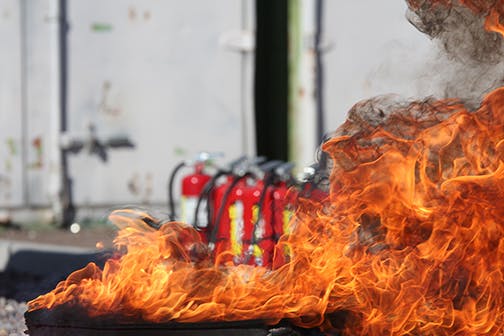
Although there is no penalty for not having a fire extinguisher in your home, the National Fire Protection Association (NFPA) recommends that homes install one fire extinguisher on every floor of the house. Fire extinguishers are able to smother fires faster and more efficiently than using water, or attempting to cover the fire with a tarp. Fire extinguishers were created specifically for putting fires out quickly. However, contrary to what most people believe, not every fire extinguisher is the same. Fire extinguisher classes have been created to specify which fire extinguisher can be used to put out different fires.
The NFPA recommends that homeowners install a 2-A:10-B:C rated extinguisher. To help homeowners better understand which fire extinguishers they should install in their homes, we’ve created a complete guide for fire extinguishers. Buying fire extinguishers is easy as long as you know what you’re looking for. Here are the five different fire extinguisher classifications and how (and when) to use them.
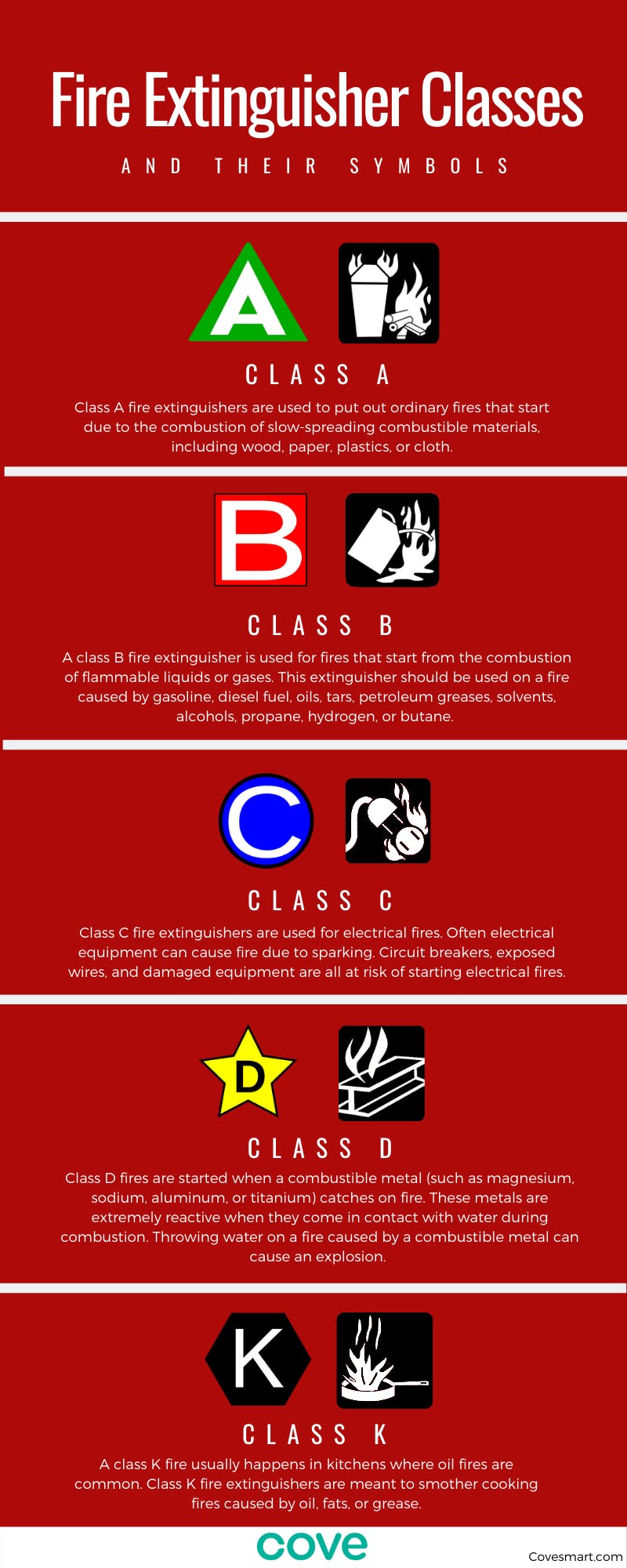
What Are the Five Classifications?
Fire extinguishers are separated into five main categories. Each category is meant to extinguish a different type of fire. The five different types of fire extinguishers are:
Class A Fire Extinguishers Class B Fire Extinguishers Class C Fire Extinguishers Class D Fire Extinguishers Class K Fire Extinguishers
Some fire extinguishers can combine several of the types to create AB, AC, or ABC fire extinguishers. Like we mentioned, each type of extinguisher can be used for a different situation. They will contain certain chemicals like carbon dioxide, monoammonium phosphate, or dry powder or dry chemical. Others may be water mist extinguishers for natural wood fires.
Class A fire extinguishers are used to put out ordinary fires that started due to the combustion of slow-spreading combustible materials, including wood, paper, plastics, or cloth. Inside a class A extinguisher, you will most likely find dry chemicals or water meant to absorb and smother the heat of the fire. The chemicals or water mist can also coat other flammable substances in the area and prevent the fire from spreading any further.
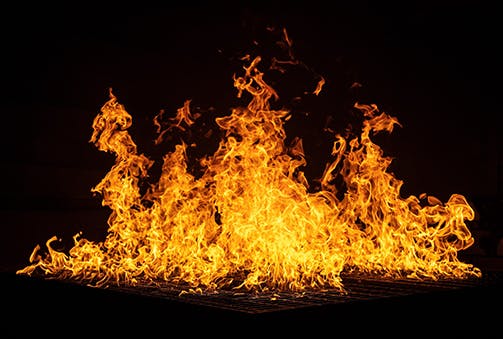
A class B fire starts from the combustion of flammable liquids or gases. The list of flammable liquids and gases include gasoline, diesel fuel, oils, tars, petroleum greases, solvents, alcohols, propane, hydrogen, and butane. These substances burn quickly and are fast-spreading fires. A class B fire extinguisher will contain either CO2, foam, dry chemical, or a clean agent. It’s important to know that a class A fire extinguisher might work on a class B fire, especially if the class A extinguisher is filled with a water mist—thus the purpose of different fire extinguishers.
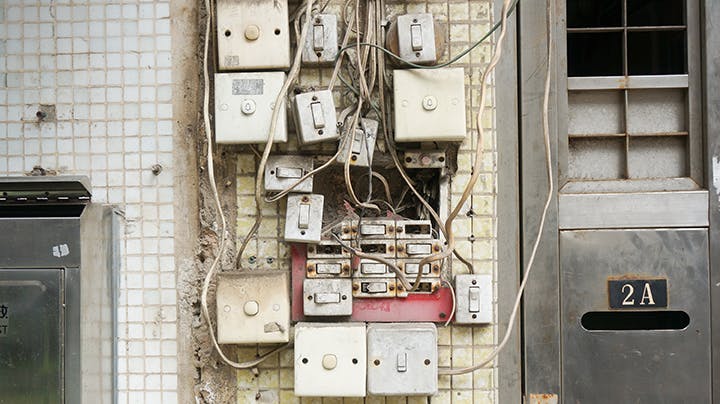
Class C fire extinguishers are used for electrical fires. Often electrical equipment can cause fire due to sparking. Circuit breakers, exposed wires, and damaged equipment are all at risk of starting electrical fires. Class C extinguishers release a non-conductive agent that smothers the electrical fire and prevents the fire from catching. Two common substances used in class C extinguishers are monoammonium phosphate and sodium bicarbonate. Both of these extinguishing agents cannot conduct electricity and will smother any electrical fire.
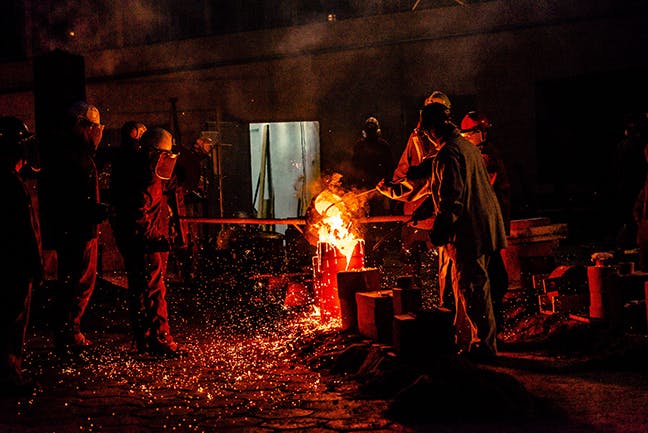
Class D fires are started when a combustible metal (such as magnesium, sodium, aluminum, or titanium) catches on fire. These metals are extremely reactive when they come in contact with water during combustion. Throwing water on a fire caused by a combustible metal can cause an explosion. The dry chemicals that are chosen to be used in a class D fire extinguisher are meant to completely smother the reacting metal without making the situation worse. When the metal is smothered, the fire will stop burning because there is a lack of oxygen. Metal fires are uncommon in residential homes and usually only happen in factories and commercial settings. In situations where metal fires are a possibility, all personnel will have been trained on how to react to a metal fire.
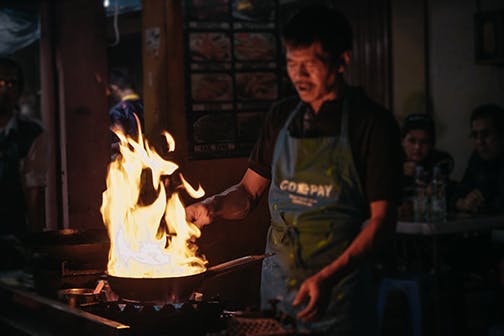
The final type of fire is the class K fire. A class K fire usually happens in kitchens where oil fires are common. Class K fire extinguishers are meant to smother cooking fires caused by oil, fats, or grease. Oil fires can be dangerous when a vat of deep fat fryers catch on fire. Attempting to throw water on a vat of boiling oil will only spread the fire and make the situation worse. A class K extinguisher will release an alkaline agent in the form of a foam. The foam fire extinguisher traps the vapors on the oil and prevents the fire from mixing with oxygen in the air. This quickly smothers the fire.
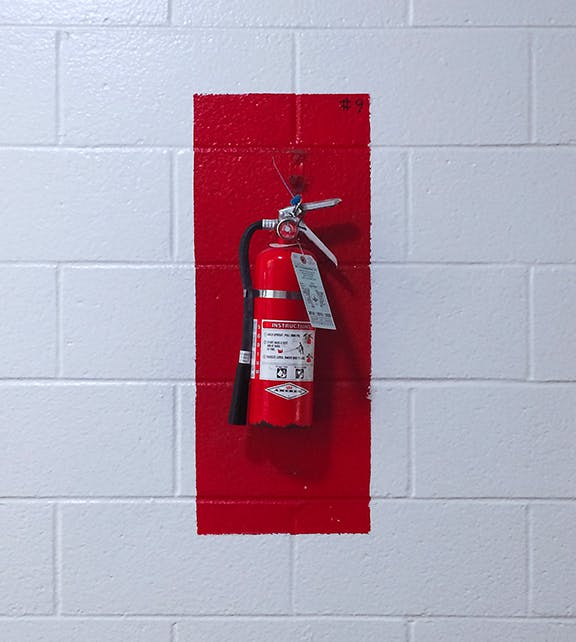
Where Can You Find the Classification of a Fire Extinguisher?
Every fire extinguisher is required to provide the classification on the labeling. Each classification will show a different symbol, shape, and letter to clarify which class the extinguisher is.
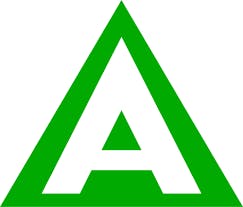
For class A, the fire extinguisher will have a green triangle. Inside the green triangle, there should be a white A. Most of the time, this fire extinguisher will contain dry chemicals meant to smother normal fires. Sometimes, class A can also include water extinguishers. Because class A fires are the most common, this is the most common type of fire extinguisher.
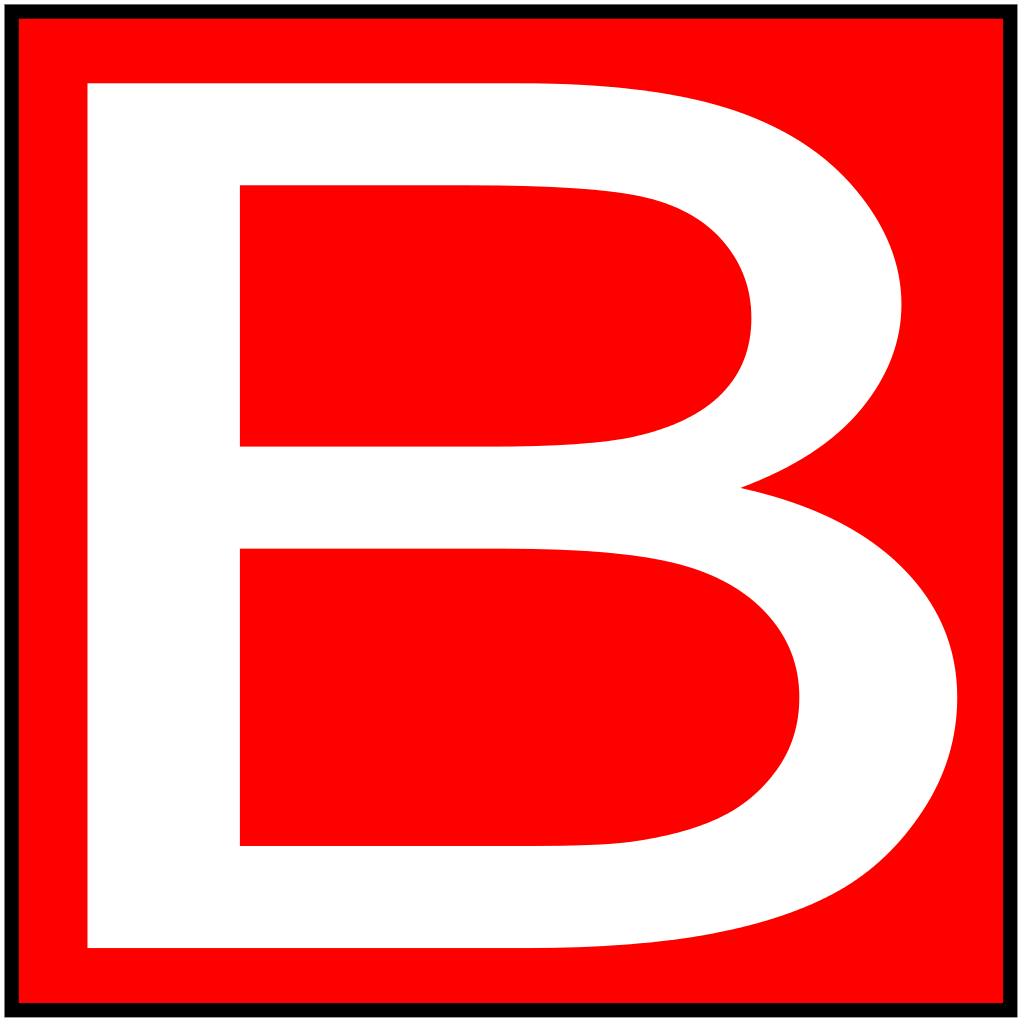
Class B fire extinguishers can be identified by a red square with a white B inside the square. The class B extinguishers are used to put out oil, gas, and solvent fires. Almost always, dry chemicals are used for smothering class B fires.
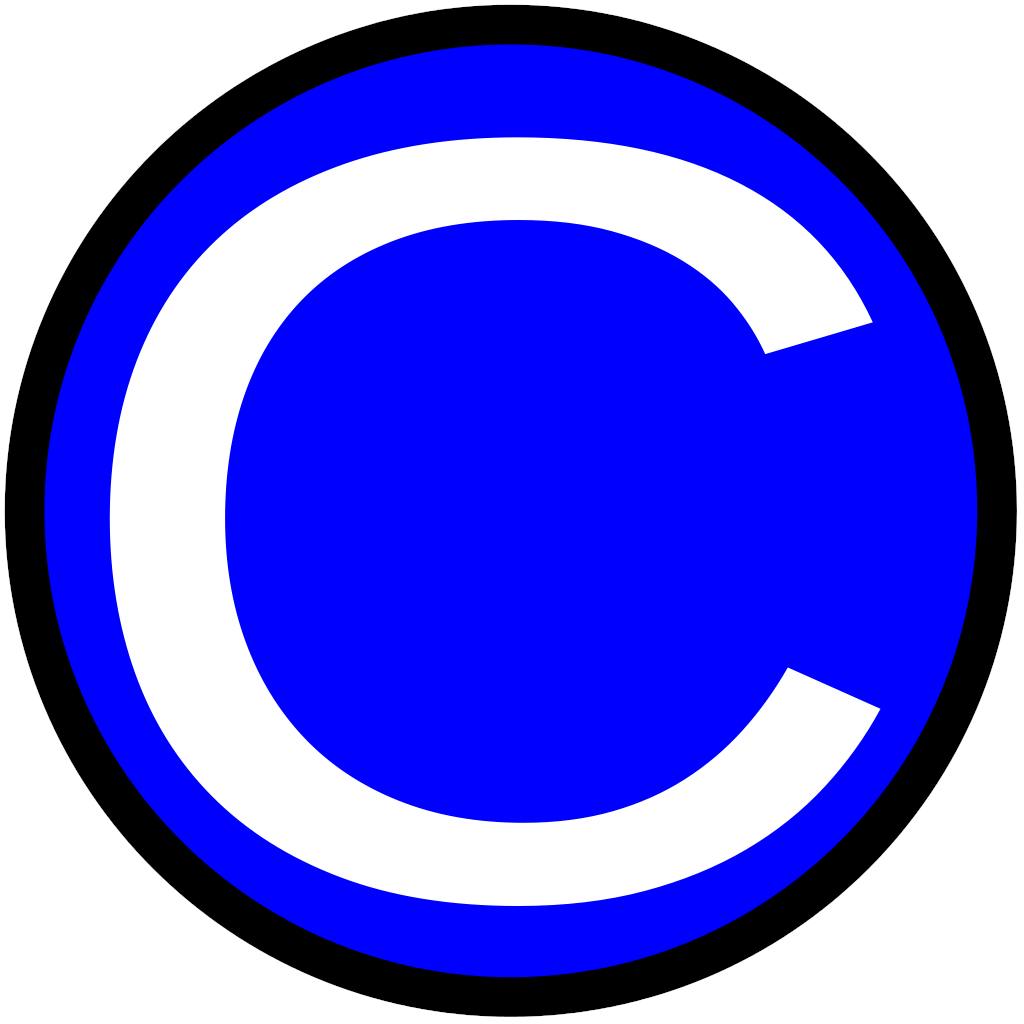
Class C fire extinguishers are shown with a blue circle and a white C. If hurried or frantic, some fire extinguishers may be able to be substituted for another (though this is never recommended); however, class C fires must use class C extinguishers. If you try to use another extinguisher, you may risk an electrical shock.
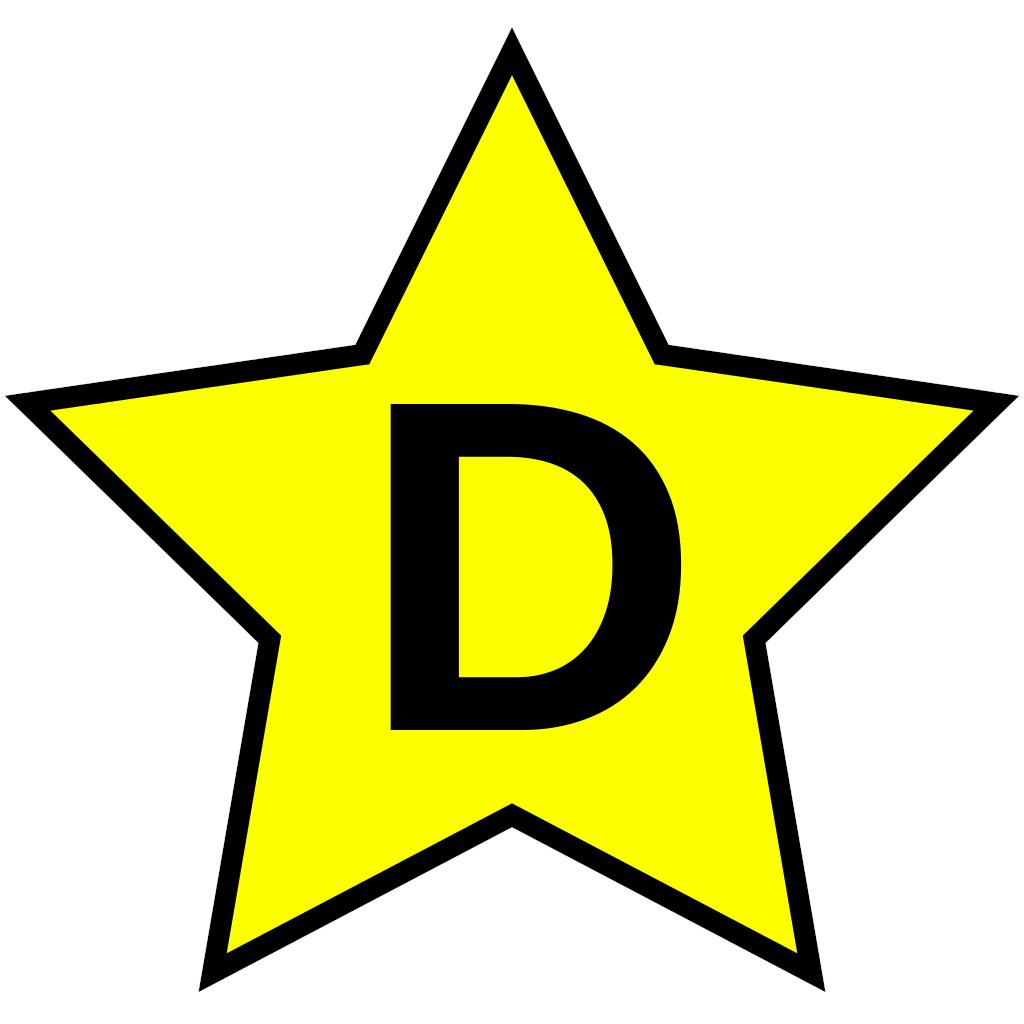
For class D, you will look for a yellow, five-point star. Inside the yellow five-point star, there will be a capital letter D. The color of the fire extinguisher itself is usually yellow but can also be red. If the fire extinguisher does not have the five-point star, do not attempt to use the extinguisher to smother a class D fire. However, a class D fire extinguisher may be used on all other fires.
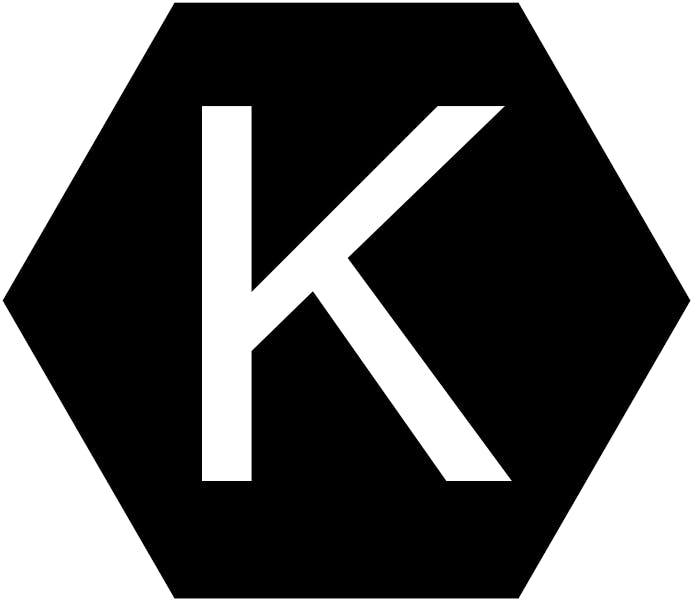
Class K fires can only be smothered using a class K fire extinguisher. A class K extinguisher is distinguishable by its black hexagon with a white K in the center.
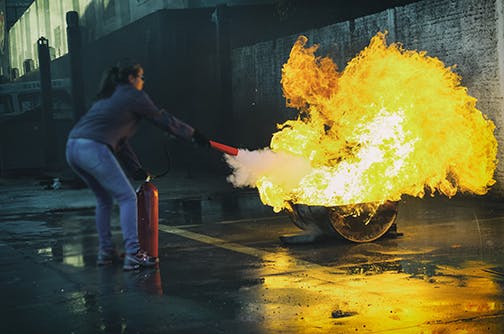
How Does a Fire Extinguisher Work?
Fires can be one of the deadliest and most destructive events that can happen to any family. Fires spread quickly and can reach temperatures over 1,000 degrees Fahrenheit in under three minutes. The NFPA reports over 2,510 civilian deaths every year due to fires. With something so catastrophic, can you really trust a fire extinguisher to do the job? Do fire extinguishers expire?
Fire extinguishers are reliable. In fact, in most cases, using a fire extinguisher is the most effective way to put out a fire without putting yourself in danger. However, fire extinguishers do expire, and they should be replaced, even if there’s no expiration date on the device. A good rule of thumb is to replace the extinguisher every ten years. Fire extinguisher sizes may also affect the expiration date.
To use a fire extinguisher, follow the P.A.S.S. law. Each letter stands for a different step in using the fire extinguisher properly. If you do not feel comfortable with the extinguisher, it’s acceptable to ask someone else nearby to use the equipment instead. P.A.S.S. stands for: P. Pull the Pin. After you pull the pin in the fire extinguisher, the equipment will be ready to work. Without pulling the pin, the device will remain locked in place. A. Aim the extinguisher low to the floor and point the nozzle of the device towards the fire. When you press the handle, the dry chemicals will come out in force, so you will want to brace yourself. S. Squeeze the handle to release the smothering agents. You will want to do your best to remain steady. S. Sweep the nozzle back and forth over the fire, ensuring that you completely smother the edges of the fire. This will both stop the fire from growing and smother the existing fire. These steps will help you to remain calm during a fire in the house.
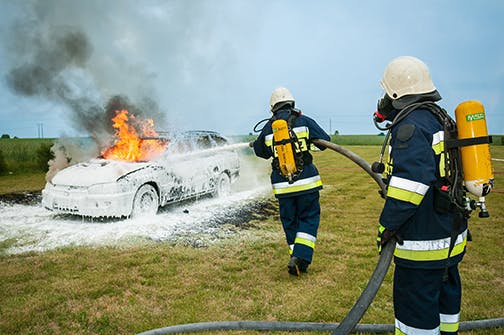
Out of the five types of fire extinguishers, there are three main categories: water extinguishers, dry chemical extinguishers, and carbon dioxide extinguishers. Then, the five classifications branch off within these three categories.
The first category, the water extinguisher, is the most common because it is used in the class A extinguisher. Like we mentioned, most fires happen when paper, wood, or cloth accidentally catches on fire. The water extinguisher is filled with water and compressed air. When you press the handle of a water extinguisher, the water is forced out of the device quickly. This works to smother a fire by removing the heat.
The second category, dry chemicals, include both dry powder and foam combined with compressed nitrogen. When you use a dry chemical fire extinguisher, the foam or powder smothers the fire by blocking the fire’s access to oxygen. Since fire needs oxygen, the fire dies.
The third and final category is carbon dioxide. Carbon dioxide is non-flammable, making it perfect for smothering a fire and stopping the fire from accessing oxygen. Inside the extinguisher is a mix between gaseous carbon dioxide and liquid carbon dioxide. When you spray this type of extinguisher, the gas inside the extinguisher expands rapidly and cools the fire, stealing heat. Then it smothers the oxygen in the area.
Using a fire extinguisher is easy, and you should never feel nervous about putting out a fire. That being said, always make sure that you’re using the right type of extinguisher for the type of fire that you’re confronting.
While having a fire extinguisher is a good way to protect your home from the danger of fires, having a smoke detector is another essential way you can protect your home. With Cove’s smart smoke detector not only will you be warned about the fire while it’s in it’s early stages but you can choose settings that alert your local fire department as well so if your fire extinguisher isn’t able to eliminate the fire, firefighters will soon be on their way to help extinguish the blaze.
